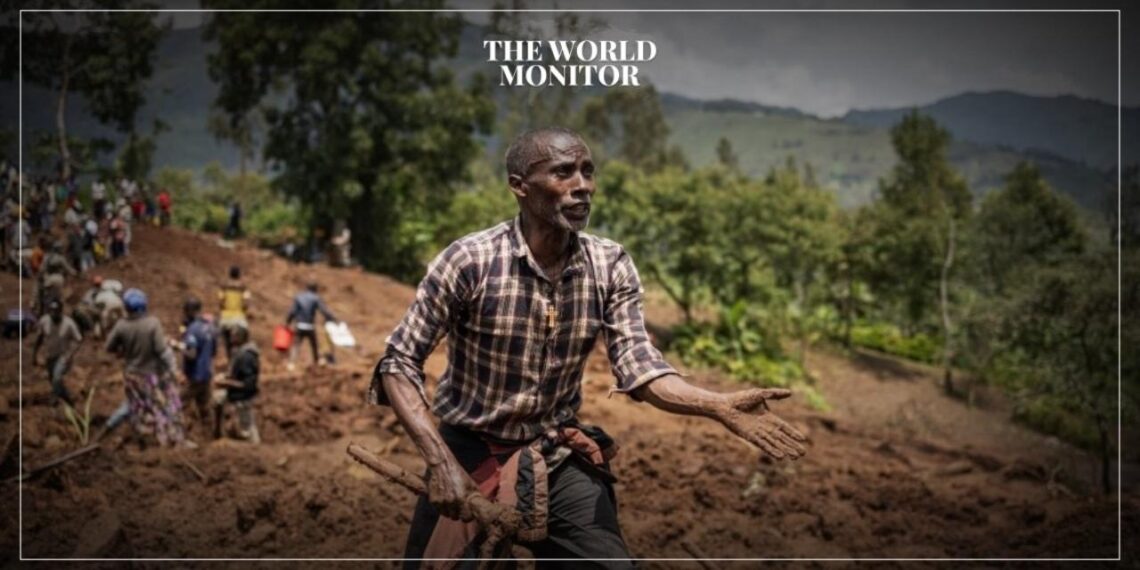The death toll from a landslide in southern Ethiopia has surged to 257, with estimates suggesting it could climb to 500, according to a United Nations Office for the Coordination of Humanitarian Affairs (OCHA) report released on Thursday.
This incident marks the deadliest landslide in Ethiopia’s history.
The disaster struck on Monday in a remote and rugged region of southern Ethiopia.
The UN report detailed the ongoing relief efforts, noting that residents are using their hands and shovels to dig through the debris due to a lack of heavy equipment.
The report indicated that local authorities have provided updated figures, and the toll is expected to increase significantly.
Previously, local authorities had reported 229 fatalities by Tuesday evening. The UN’s assessment reflects the scale of the disaster, highlighting the challenges faced by rescue teams as they work to manage the aftermath and provide aid to affected communities.
Ethiopia, located in the Horn of Africa, has experienced various natural disasters due to its diverse geography, which includes highlands, plateaus, and lowlands. Landslides, often triggered by heavy rains and deforestation, pose significant risks in the country’s mountainous regions.
The current tragedy underscores the urgent need for improved disaster preparedness and response mechanisms to mitigate the impact of such events in the future.






